Understanding blocking in filmmaking is a key to unlocking your creativity and prowess as a director.
Blocking is one of the most important aspects of directing a scene. It determines how you want your audience to engage with it and where they should be looking at any given time as well as figuring out sightlines for actors in and out of frame.
This can often cause frustration in film school students or directors who are inexperienced.
From the first shot, you shoot down until when you yell “cut!” blocking is critical throughout.
Many people have heard the term “blocking” but don’t know what it means. So what is blocking?
What Is Blocking In Filmmaking?
Blocking in filmmaking refers to where actors stand on a set and how they move around over the course of filming, or as some would say choreography.
The position of an actor on a set can greatly affect how their performance turns out so getting this right is crucial for film directors.
Blocking a scene is like choreographing a dance. What are the characters actually “doing” in this passage?
How can their motions embody the text and subtext of dialogue, reflect relationships between characters, direct focus on certain parts of scenes for filming?
Blocking conversations during rehearsals will allow actors to craft movements that evoke these effects before they start shooting.
In the world of filmmaking, blocking is the art of precise actor placement and movement within a scene.
It’s a director’s strategic game of chess that brings a script to life on screen.
We’ll explore how effective blocking enhances storytelling, guides audience focus, and creates dynamic visuals.
Stick with us to unlock the secrets of this crucial filmmaking technique that often goes unnoticed but is always felt.
The Importance Of Blocking In Filmmaking
Effective blocking is the backbone of visual storytelling.
We know it can transform a mundane sequence into a memorable scene, a turning point in the narrative.
When executed with skill, blocking conveys the characters’ emotions and objectives without needing dialogue to spell them out.
The strategic placement of actors within the frame can communicate volumes about their relationships and power dynamics.
Visuals speak louder than words, and the proximity, angle, and posture of characters articulate their connections better than lengthy monologues ever could.
Through proper blocking, we tell a subtextual story that unfolds through the actors’ silent interactions.
A well-blocked scene directs the viewer’s eye seamlessly through the action.
Our job as filmmakers is to guide the audience subtly, ensuring that they know exactly where to look at any given moment.
We want them to catch the crucial moments that define the film’s rhythm and pacing.
Here are some key points we always consider when blocking a scene:
- Character Placement – How the physical arrangement reflects their role in the story.
- Camera Movement – The way the camera dances around the actors, enhancing the emotion of the scene.
- Rehearsal Importance – Why ironing out the movements ahead of time leads to a smoother shoot.
The inclusion of blocking in our pre-production process is critical.
We meticulously plan each movement to ensure it serves the narrative.
Continuous rehearsal helps us to refine these movements, maintaining a natural quality and avoiding a mechanical feel.
In iconic films like The Godfather and Casablanca, blocking takes center stage, shaping not just scenes but entire genres.
The filmmakers’ use of space and motion in these classics sets the standard for the profound impact blocking can have on the art of cinema.
By studying such masterpieces, we gain insights into crafting our work with the same attention to detail and storytelling prowess.
Our aim with blocking isn’t merely to place actors within a set but to breathe life into every scene.
It’s our secret tool for enhancing the cinematic experience, striving to leave a lasting impression on our audience.
Through meticulous planning and creative execution, we harness the full potential of blocking to captivate viewers and elevate the art of filmmaking.
The Role Of Blocking In Enhancing Storytelling
We understand that the subtle art of blocking in filmmaking goes far beyond the basics of actor positioning.
At its core, blocking serves as an unspoken narrator – revealing hidden dynamics and driving the narrative forward.
It’s about the juxtaposition of characters and objects within a shot to tell a story efficiently without uttering a single word.
We look at how carefully planned movements and positioning can signify character relationships and power dynamics.
In classics like The Godfather, blocking is used to great effect to show dominance and submission through relative positioning alone.
Filmmakers craft scenes with precision, understanding that where a character stands or moves can speak volumes about their intentions and emotions.
We also recognize the impact of blocking on pacing and rhythm within a scene.
A dynamic scene with characters moving about can accelerate the pace, while static blocking can slow down the moment, allowing viewers to soak in the details.
Those static moments invite audiences to jump deeper into the characters’ internal worlds.
We see blocking as an essential tool in building tension and suspense.
Directors often use the proximity between actors and objects to amp up the anxious energy within a scene.
Think of the looming shadows and narrow hallways in thrillers; these elements aren’t just aesthetic choices but narrative tools shaped by careful blocking.
Our knowledge of techniques goes beyond the classic approaches.
We explore innovative uses of blocking that break tradition, creating unique visual narratives.
Whether it’s about subverting expectations or using space to reflect a character’s isolation, we find that the most memorable scenes often contain an element of surprise within their blocking.
Filmmakers pay attention to these key blocking elements –
- Character placement and movement within the frame,
- Interaction with the environment and props,
- Spatial relationships and what they convey.
We’re always keen to share insights that help fellow creators enhance their storytelling through nuanced blocking.
Across genres and styles, the importance of blocking remains
Guiding Audience Focus Through Blocking
Effective blocking is a subtle art – it directs the audience’s attention exactly where we want it, without them consciously realizing it.
By carefully orchestrating actors’ positions and movements, we create a visual path that guides the viewer’s eye to the most important elements of the scene.
Masterful use of blocking can highlight a crucial character or object, ensuring they become the focal point.
Imagine The Godfather and how certain characters take center stage during pivotal moments, often orchestrated through precise blocking techniques.
In a crowded scene, it’s easy for viewers to get lost in the shuffle.
We employ blocking strategies to alleviate this:
- Isolate key characters through spatial separation,
- Use foreground and background contrasts to our advantage,
- Integrate movement patterns that lead the eye to the protagonist.
Let’s not overlook the power of props and set design Along with blocking.
The strategic placement of objects can draw attention or signify important story elements, much like how Inception uses the totem to signal shifts in reality.
We also consider the emotional tone when determining our blocking choices.
The physical distance between actors can amplify feelings of intimacy or alienation – a technique clearly visible in scenes from Lost in Translation.
Through meticulous planning and rehearsal, we refine our blocking to achieve the most visually and emotionally engaging sequences.
It’s a dance between characters and camera, each step calculated to bring our narrative vision to vivid life.
Creating Dynamic Visuals With Effective Blocking
The art of blocking goes beyond the basics of positioning actors; it’s about sculpting the visual landscape of a scene.
Guiding the viewer’s eye is
The right blocking taps into the visual appetite of the audience.
It transforms the ordinary to spectacular, ensuring every frame can stand on its own as a work of art.
From the chaos of a party scene in The Great Gatsby to the isolation of a single figure in There Will Be Blood, these moments are crafted through deliberate blocking decisions.
Careful coordination between the director, cinematographer, and actors leads to dynamic visuals.
We balance foreground and background, light and shadow, movement and stillness to create a rich tapestry that audiences can’t help but be drawn into.
Consider the melding of these elements:
- Spatial positioning,
- Actor movement,
- Lighting,
- Camera angles.
Each choice we make in blocking directly impacts the emotional weight of a scene.
Think of the explosive energy in Whiplash or the oppressive stillness in The Shining.
We manipulate spatial relations to heighten feelings of tension or intimacy, effectively controlling the emotional ebb and flow of our narrative.
plus, our collaboration with production designers ensures that the set itself becomes an extension of blocking.
The strategic placement of props and environmental factors like windows and doors can offer both constraints and opportunities within a scene.
Sets are not just backdrops; they’re active participants in the storytelling process.
As we refine our blocking techniques, it’s essential to remain nimble and adapt to the evolving dynamics of each scene.
The most poignant scenes often emerge from an organic interplay between the planned blocking and spontaneous actor instincts.
By maintaining a fluid approach, we capture the most genuine moments that resonate with audiences.
The Underappreciated Art Of Blocking In Filmmaking
Often when we discuss the visual storytelling of a film, it’s the cinematography or the special effects that receive much of the glory.
Yet, the subtle art of blocking remains one of the most powerful tools in a filmmaker’s arsenal – not to mention one of the most underappreciated.
Blocking isn’t just about where the actors stand; it’s how their movements and positions weave the visual tapestry of a film’s narrative.
The Grand Budapest Hotel showcases meticulously planned blocking that complements its distinctive visual style.
With precise movement, Wes Anderson guides viewers through the eccentric, fast-paced world of his characters.
Consider how blocking conveys emotion without a single line of dialogue.
In Lost in Translation, the distance between characters communicates volumes, reflecting the story’s themes of isolation and connection.
Through careful blocking, emotional subtleties are amplified, becoming almost palpable to the audience.
We understand the impact of skillful blocking on genre films as well.
In thrillers like Se7en, the strategic positioning of actors ratchets up tension and draws the viewer deeper into the film’s dark, brooding atmosphere.
Action sequences become more exhilarating when every punch, kick, and chase is a carefully choreographed dance of camera and actor movements.
In the world of independent film:
- Budget constraints often push directors to be more inventive with blocking,
- Limited locations and resources necessitate creative solutions, resulting in distinctive and memorable scenes.
For an up-and-coming filmmaker, mastering the nuances of blocking can set their work apart, making it clear that this craft element is just as critical as any high-budget spectacle.
Blockbuster or indie, romantic comedy or a horror flick, the way characters share the space on screen can turn a good scene into an unforgettable moment.
Blocking In Filmmaking – Wrap Up
We’ve uncovered the intricate tapestry of blocking and its pivotal role in filmmaking.
It’s clear that the deliberate arrangement of actors and the environment is far more than mere choreography; it’s a powerful storytelling tool.
Through innovative blocking, filmmakers invite us into the heart of the narrative, allowing us to experience the unspoken subtleties of character dynamics and story depth.
Whether it’s through the strategic use of props or the emotional resonance of physical proximity, blocking is essential in crafting memorable cinematic moments.
As we embrace the artistry behind each frame, we recognize the collaborative spirit that brings a scene to life.
It’s in the adaptability and creative vision where the magic of a film truly unfolds.
Let’s continue to celebrate and explore the dynamic world of blocking, where every movement is a brushstroke in the larger picture of visual storytelling.
Frequently Asked Questions
What Is Blocking In Filmmaking?
Blocking refers to the precise staging of actors, cameras, and lighting to tell the story visually and effectively in a film.
It includes the positioning and movement of characters and can significantly impact the narrative by expressing relationships, tensions, and other dynamics without dialogue.
How Does Blocking Affect The Storytelling In A Film?
Effective blocking acts as an unspoken narrator, enhancing storytelling by revealing character dynamics, shaping the narrative, and influencing the pacing and rhythm of a scene.
It contributes to building tension, guiding the audience’s focus, and highlighting important elements through actors’ positions and movements.
Why Is Blocking Considered An Unspoken Narrator?
Blocking serves as an unspoken narrator because it conveys information about the characters and story without words.
The way actors are positioned and move can reveal hidden relationships, indicate power dynamics, and create subtle non-verbal cues that advance the narrative.
Can Blocking Create Suspense In A Film?
Yes, blocking can create suspense by manipulating proximity and spatial relationships.
For example, how characters are situated in a room or how they move towards or away from each other can generate feelings of anticipation, anxiety, or impending danger.
How Do Filmmakers Use Props And Set Design In Blocking?
Props and set design are used alongside blocking to emphasize certain aspects of the scene or story.
Strategically placed objects and elements of the set can signify important narrative points, reflect character emotions, or serve as focal points during a scene.
Does Emotional Tone Influence Blocking Choices?
Absolutely.
The emotional tone of a scene heavily influences blocking choices.
The physical distance between characters can reflect their emotional closeness or detachment, for instance, and the arrangement of actors within a scene can amplify feelings like intimacy or isolation.
How Is Blocking Planned And Refined In Filmmaking?
Filmmakers plan and refine blocking through meticulous planning and rehearsal, collaborating with the director, cinematographer, and actors.
This involves coordination of actor movements, camera angles, and lighting to create dynamic visuals that support the story.
How Does Blocking Adapt In Different Film Budgets?
In independent films with budget constraints, filmmakers often employ inventive blocking techniques, using creativity and resourcefulness to overcome financial limitations and still convey a powerful story through unique visual narratives.

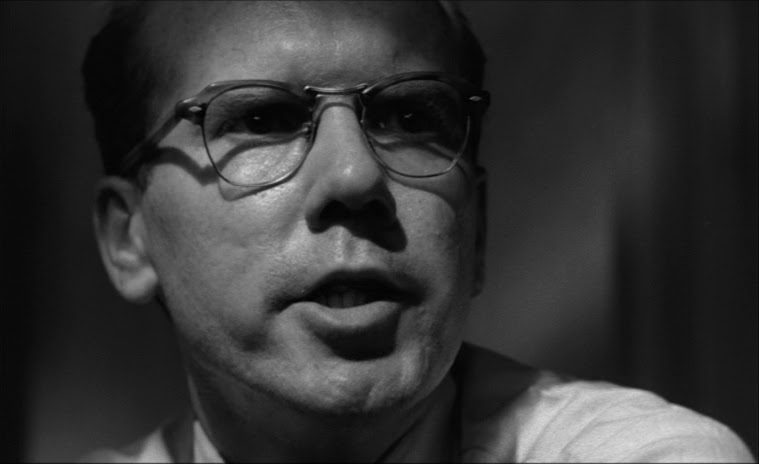

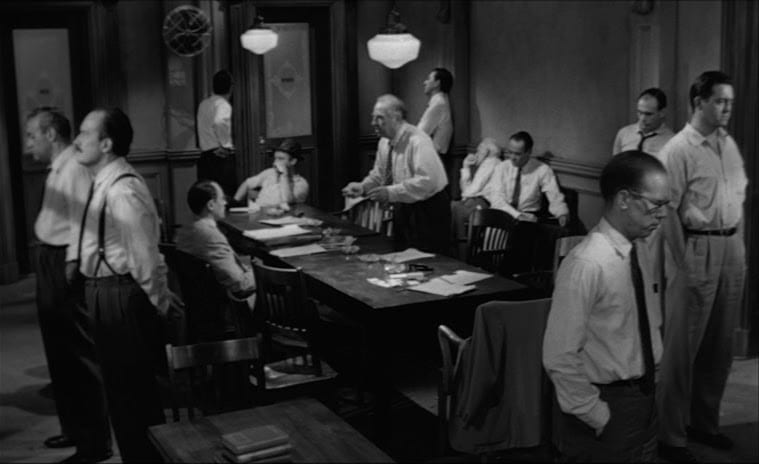

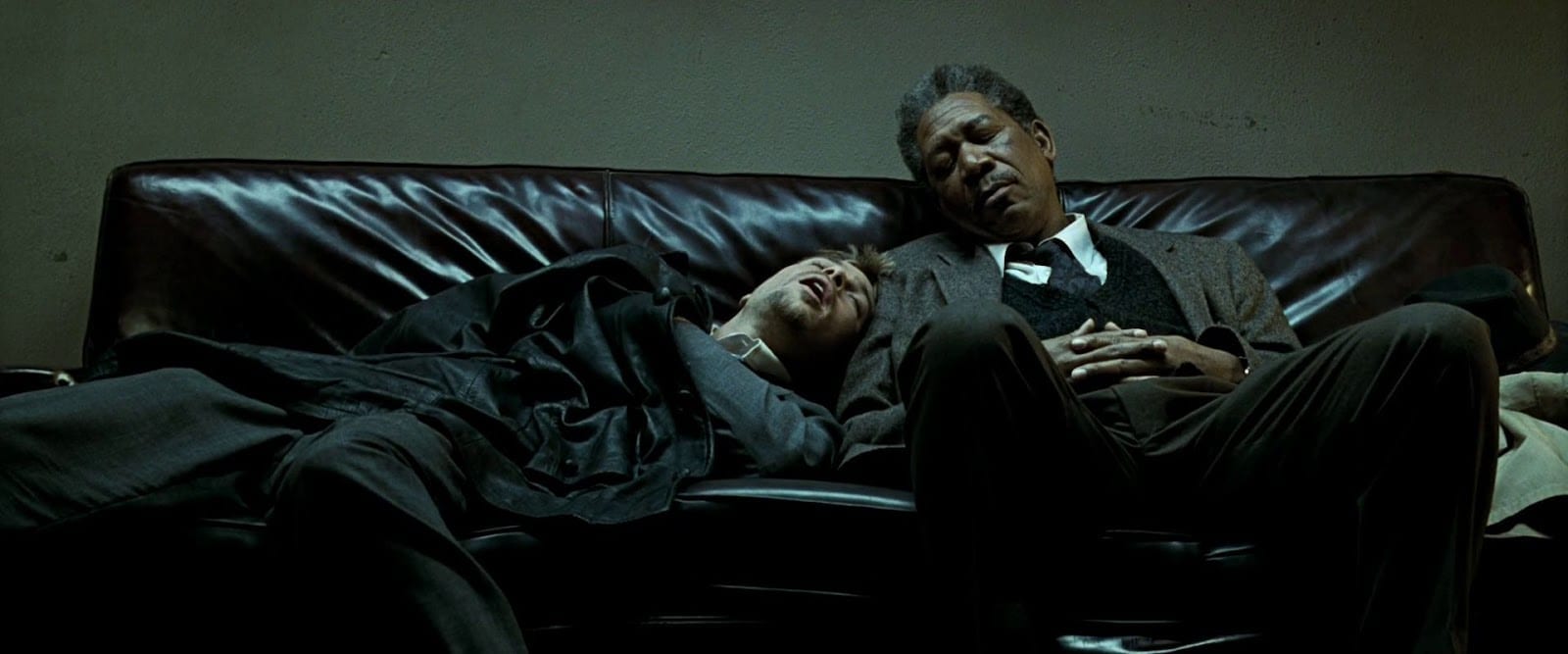
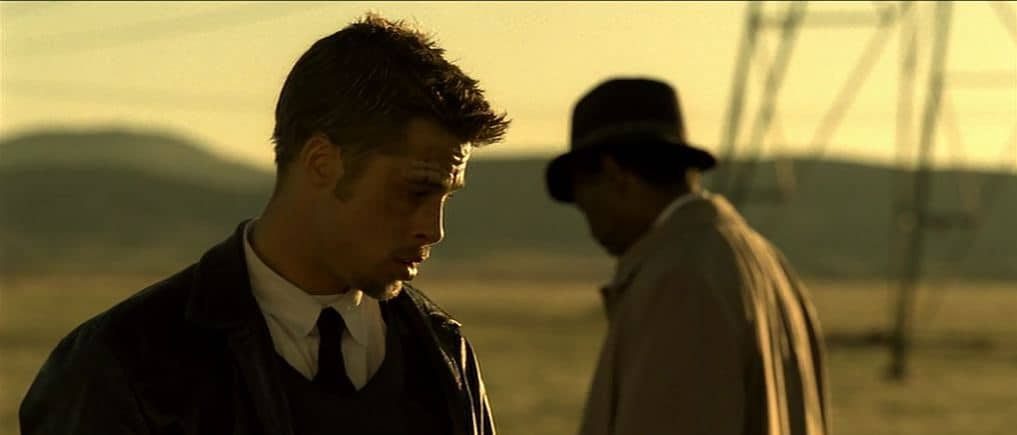

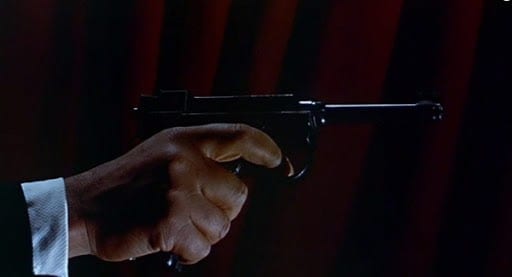
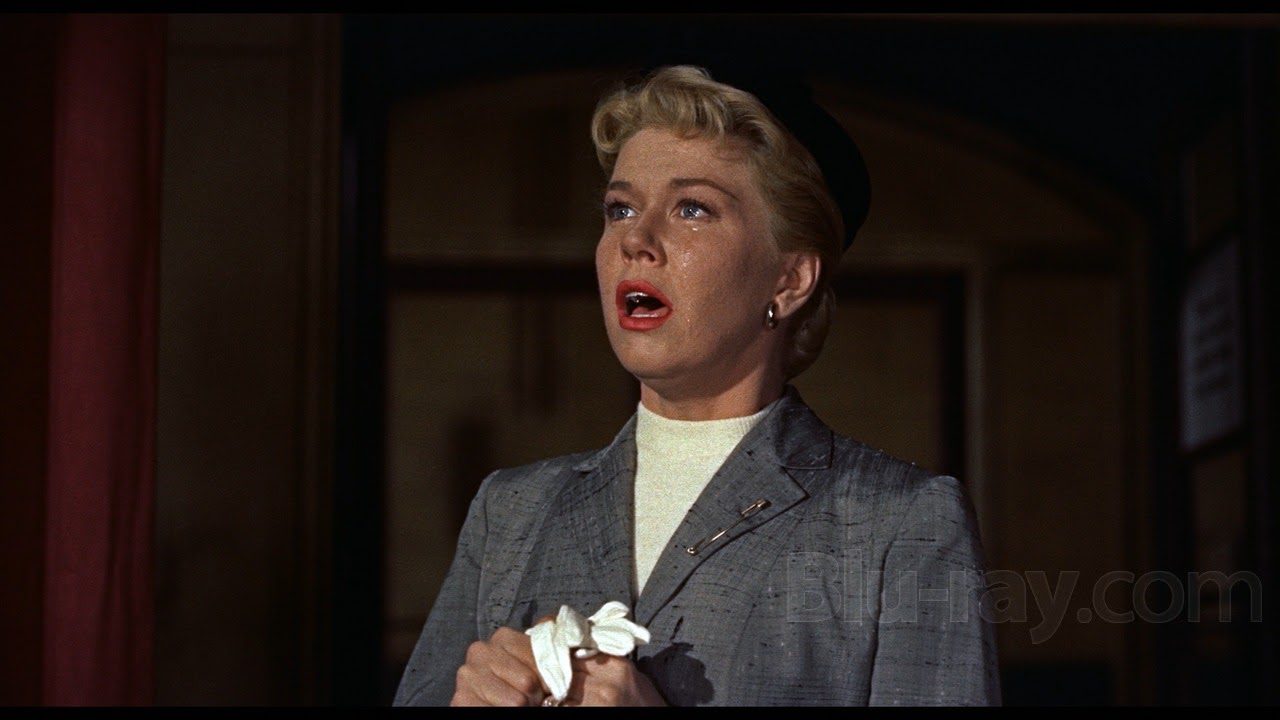
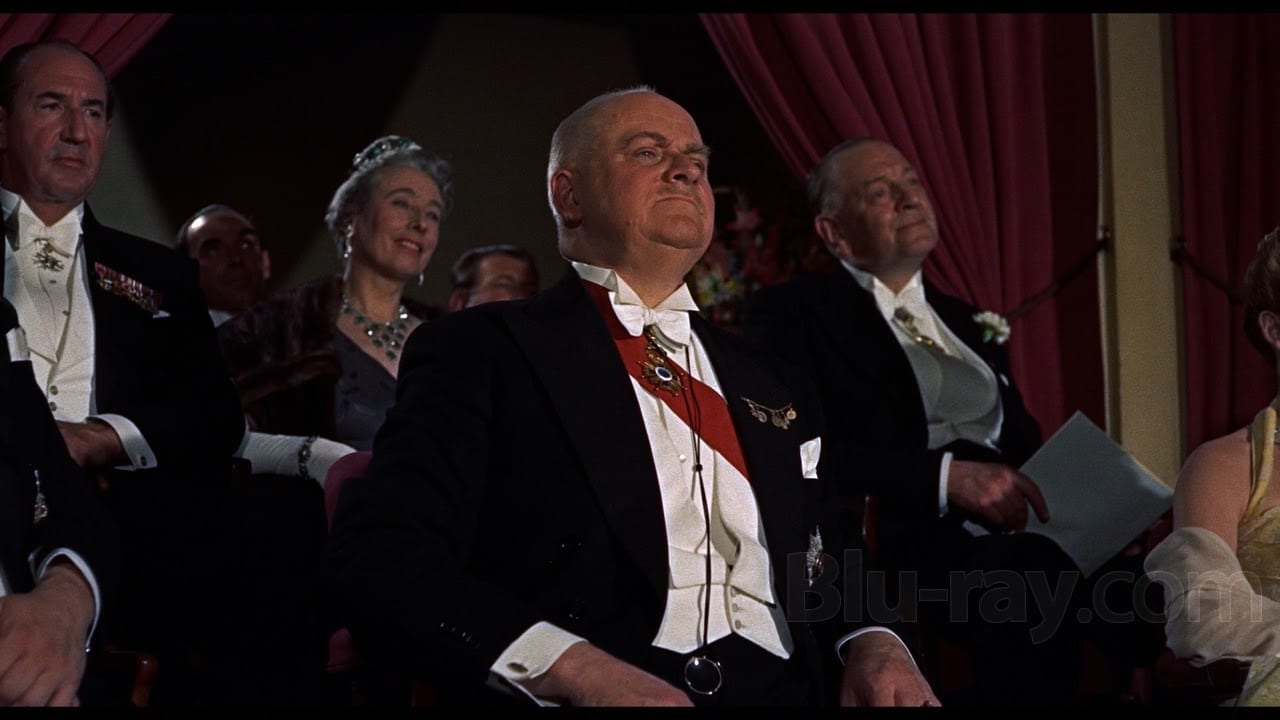
Matt Crawford
Related posts
4 Comments
Leave a Reply Cancel reply
This site uses Akismet to reduce spam. Learn how your comment data is processed.



I found this post on blocking in filmmaking to be very helpful. Thank you for writing it.
Thanks, Mitchell.
I couldn’t agree more! As a beginner filmmaker, I’ve found that blocking is one of the most important aspects of the production process. It’s amazing how much it can impact the overall flow and energy of a scene. I’m definitely going to be incorporating these tips into my next project.
Thanks for the comment